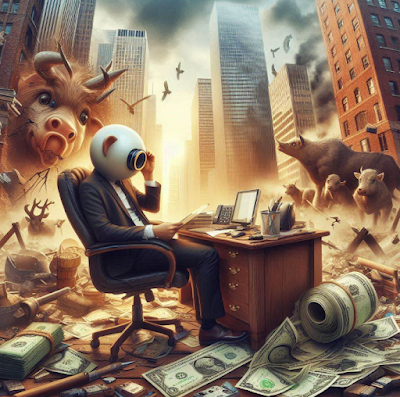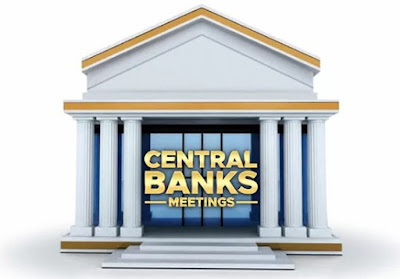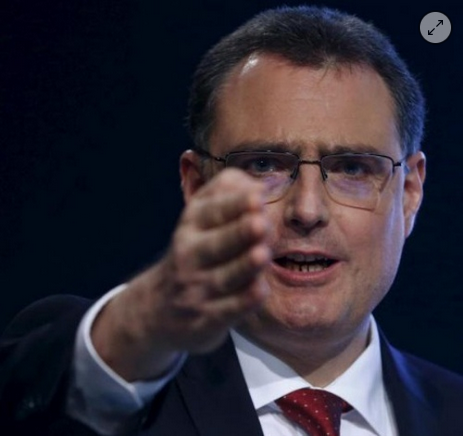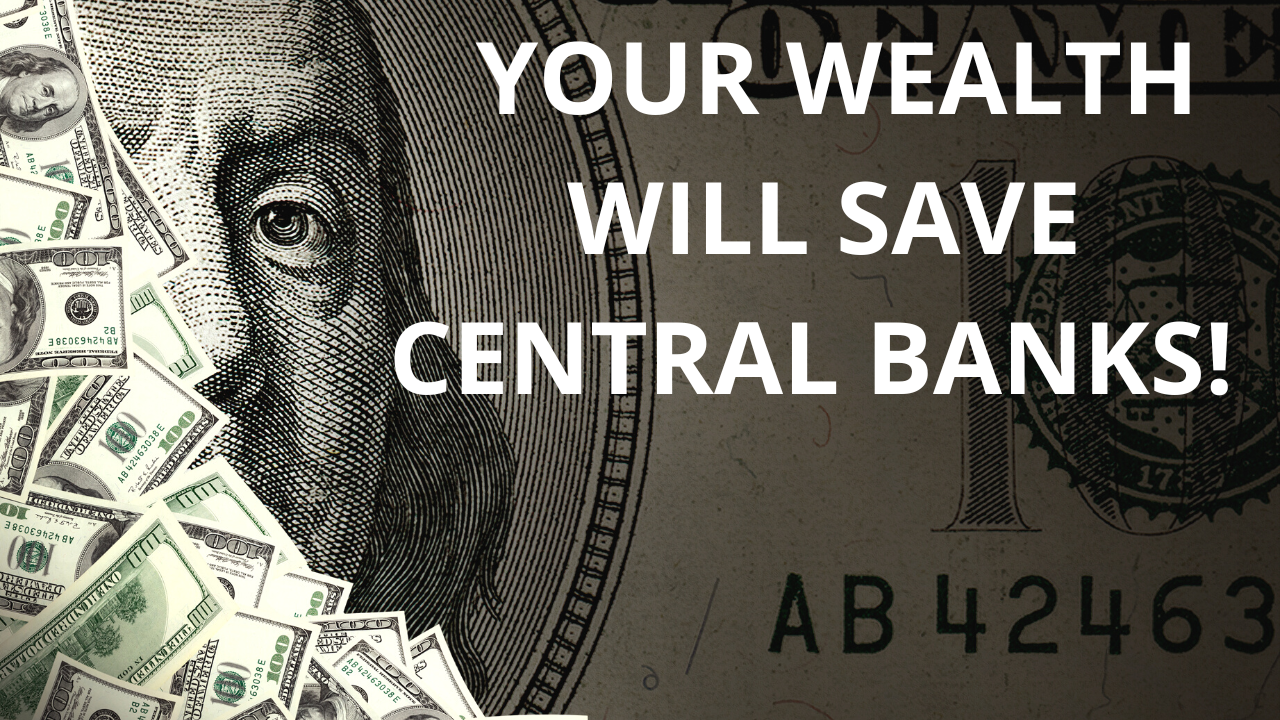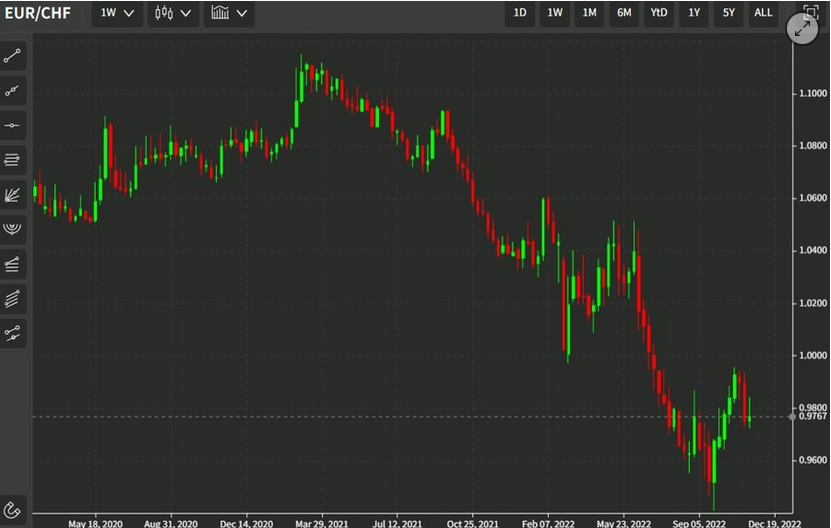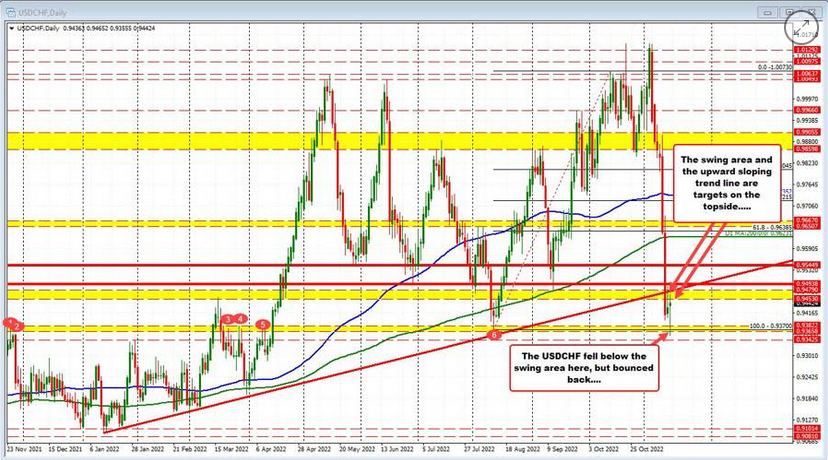What Have You Done for Me Lately?Swing voters are a fickle bunch. One election they vote Democrat. The next they vote Republican. For they have no particular ideology or political philosophy to base their judgment upon. |
|
Humphrey-Hawkins Act: Fed’s Dual MandateThe Humphrey-Hawkins Act of 1978 expanded the Fed’s job, charging it with maintaining full employment, too. The Fed shouldered this new responsibility with the lusty enthusThey don’t give a rip about questions of small government or big government. Nor do they have any druthers about the welfare or warfare state. In effect, they really don’t care. What’s important to the swing voter is much simpler. In fact, it can be boiled down to the following essential question. What have you done for me lately? The answer to this question, of course, comes back to money. As far as the swing voter’s concerned, if their brokerage account’s growing they vote the incumbent party. If it’s shrinking, they vote the challenger party. It doesn’t matter if the source of the stock market inflation is a fraud. Nor does it matter that a stock market correction will help reestablish financial markets on a firmer foundation. In this respect, the mere trajectory of the swing voter’s portfolio tells them everything they need to know about whom to vote for. |
|
Truth and DenialIn September president elect Donald Trump took issue with the Federal Reserve’s stock market inflation games. He remarked on CNBC that the Fed has created a “false stock market,” and that Fed Chair Janet Yellen and central bank policymakers are very political, and should be “ashamed” of what they’re doing to the country, “The Fed is not even close to being independent.” Certainly, the idea that the Federal Reserve influences elections is not a novel concept. For this reason, at the recent central banker’s summit in Jackson Hole, Wyoming, former Democrat Congressman, and overall repulsive being, Barney Frank, told the Fed, “Don’t raise rates before election.” With his tireless work for the poor and the middle class finally done, Barney Frank waved good-bye, to sail off into the well-appointed retirement of a Congressman. Recently he felt the need to pipe up again, dispensing advice to the “independent” Federal Reserve. |
|
| Obviously, a monetary policy change toward tighter credit, and the subsequent stock market swoon prior to an election can mean death for an incumbent party. Just ask former President George H.W. Bush. He’ll tell you that former Fed Chairman Alan Greenspan cost him the 1992 election.
From an axiomatic perspective, the truth of a political accusation is equal to the denial that follows. In other words, the greater the subsequent denial is, the greater the truth of the allegation. Shortly after Trump’s shaming of Fed Chair Yellen, Minneapolis Fed President Neel Kashkari took to Squawk Box to offer this denial: “Politics simply does not come up,” said Kashkari. We suppose Kashkari had his fingers crossed behind his back when he uttered this. Because given his checkered past, he’s simply not a man to be trusted. Kashkari, without question, is an extreme economic interventionist. If you recall, as federal bailout chief, he functioned as the highly visible hand of the market. In early-2009, he awoke each morning, put on his pants, drank his coffee, and rapidly dispersed Henry Paulson’s $700 billion of TARP funds to the government’s preferred corporations. Incidentally, the experience had an ill effect on Kashkari’s mental health. Following his position of federal bailout chief, he became a hermit, took to a cabin in the Sierra Nevada Mountains – near Donner Pass – and found his purpose in life chopping wood (for an image of Kashkari the wood-chopper, see here). We thought we’d seen the last of him. But alas, after a failed gubernatorial campaign in California in 2014, Kashkari resurfaced earlier this year as Minneapolis Fed President. The world is a worse place because of it. |
|
Why the Fed Destroyed the Market EconomyKashkari’s a man with crazy eyes. But he’s also a man with even crazier ideas. After stating that politics is not part of presidential election year Fed policy, Kashkari explained how Fed policy is set. “We look at the data,” he said. In hindsight, this clarification was more revealing than the initial denial. Clearly, Kashkari has never thought about what exactly it is he is looking at when looking at the data. If he had, he’d likely conclude that the approach of using data to identify apparent aggregate demand insufficiency and perceived supply gluts is crazy. Unemployment. Gross domestic product. Price inflation. These data points are all fabricated and fudged to the government number crunchers’ liking. What’s more, for each headline number there is a long list of footnotes and qualifiers. Hedonic price adjustments. Price deflators. Seasonal adjustments. Discouraged worker disappearances. These subjective adjustments greatly affect the results. Yet what’s even crazier is that Kashkari believes that by finagling around with the price of money the Fed can improve the output of bogus data. According to central planners, better data – i.e. higher GDP, greater consumer demand, 2 percent inflation – means a better economy. |
|
Fed’s Success: Creation of the biggest credit bubble in historyBut after 100-years of mismanagement, the last eight being in the radically extreme, the Fed has scored a big fat rotten tomato. The data still stinks – GDP’s still anemic. But the downside of their actions is downright putrid. Policy makers have pushed public and private debt well past their serviceable limits. They’ve debased the dollar to less than 5 percent of its former value and propagated bubbles and busts in real estate, stock markets, emerging markets, mining, oil and gas, and just about every other market there is. Aside from enriching private bankers, we now know the answer to why the Fed destroyed the market economy. According to Kashkari, the data told them to. |
|
| Naturally, this is the sort of crackpot scheme politician’s love. It gives them unconditional cover to spend money that doesn’t exist.
In this respect, when the economy slips into free-fall early next year, prepare yourself mentally for Washington to go big. The last time around they eclipsed the $1 trillion deficit. This time around the deficit will top $2 trillion – or more. |
Full story here Are you the author? Previous post See more for Next post
Tags: central-banks,newslettersent


























